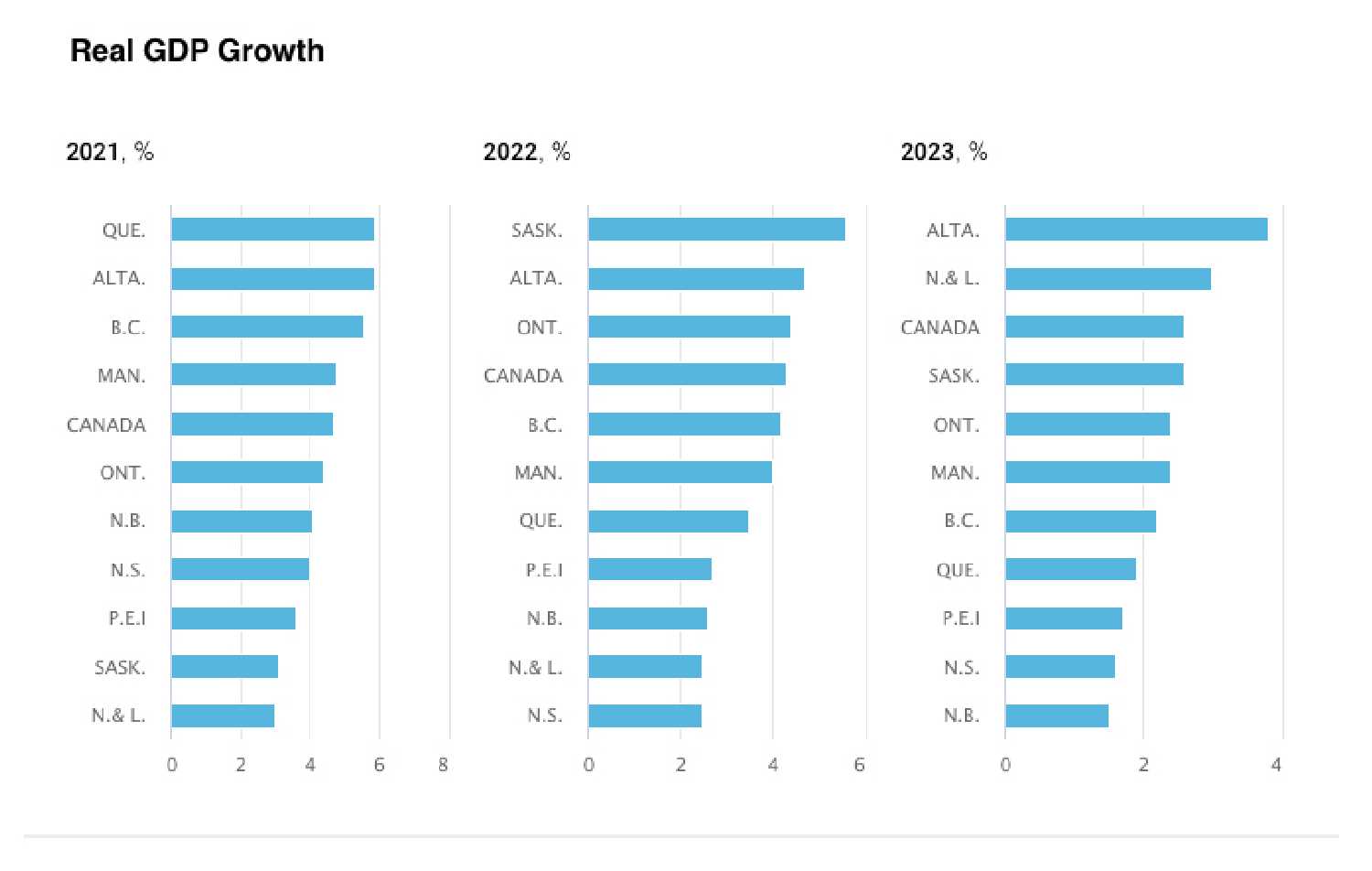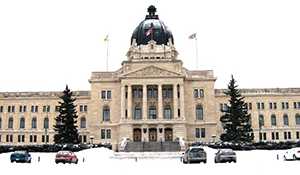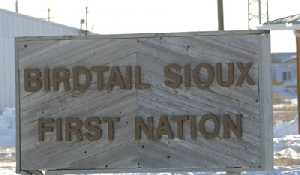Saskatchewan to lead economic growth in 2022, says RBC
Soaring commodity prices will help Manitoba economy
December 2, 2021, 10:34 am


Saskatchewan is expected to lead Canada in economic growth in Canada in 2022 with 5.6 per cent real GDP growth (after inflation), according to RBC's provincial outlook. released December 2.
"We project all provincial economies to continue to grow in 2022. However, the pace will be generally slower than it was in 2021 (Saskatchewan will be the lone exception) as the recovery phase matures," RBC says in the report. "In fact, the relative maturity of the recovery will be a significant growth differentiator across provinces. We expect the Maritime Provinces, British Columbia, Quebec and Manitoba to be the furthest ahead when the books close on 2021—reflecting either a relatively smaller economic contraction in 2020 (Prince Edward Island, Nova Scotia, New Brunswick and Manitoba), strong rebound in 2021 (Quebec) or both (British Columbia). These provinces will bump up against capacity limits earlier on in 2022, causing overall momentum to decelerate more rapidly."
Following are the RBC report's analysis of Saskatchewan and Manitoba's economic outlook:
SASKATCHEWAN—A Brighter year ahead
For Saskatchewan, 2021 proved to be more challenging than anticipated. The fourth wave of the pandemic hit the province particularly hard, and severe drought conditions hammered crop production. We have revised our 2021 growth forecast lower from 3.8% to 3.1%. We expect the provincial economy will make it up in 2022, when we see growth accelerating to a nation-leading 5.6%, provided authorities can keep covid restrictions to a minimum and crop conditions improve. There’s scope for a significant increase in exports. Strong global demand for fertilizers paired with tight supply and high prices will provide potash producers with opportunities to expand production. It’s a similar story for pulse producers, who are facing stronger demand amid droughts in other producing countries (most notably in India and Turkey). The outlook for energy exports is also brighter with higher commodity prices likely to stimulate oil and gas production. And capital spending is poised to ramp up materially with BHP announcing it will go ahead with construction of the $12-billion Jansen Potash Mine—the province’s largest project ever.
The potash investment will be a significant development contributing materially to Saskatchewan’s economy for years to come. Once operational in 2027, the mine will produce 4.4 million tonnes of potash annually, a four-fold increase from the province’s current level of potash production.
The upcoming oil and gas drilling season is off to a stronger start, with close to 70% more drilling rigs operating in November 2021 relative to a year earlier. This activity is supported by producers’ healthier cash flow position arising from the significant run-up in oil and gas prices, and points to a rise in production in 2022.
While crop yields were hammered by severe drought conditions, surging commodity prices have cushioned the blow. The province’s food product exports still held up in 2021, as canola prices (+75% year-to-date) and wheat prices (+62%) surged. These conditions have minimized the impact on farmer’s incomes and in turn, provincial tax receipts. We believe, businesses, households, and governments will generally be in a good position to contribute to economic growth in 2022.
MANITOBA – Soaring commodity prices lend a helping hand
As 2021 draws to a close, most signs point toward Manitoba’s economy being essentially back to where it was before the pandemic. Strong commodity prices have provided substantial support throughout the recovery, as did booming construction investment. To date, the vast majority of jobs lost during the pandemic have been recovered, and employee compensation has grown at a rate above the national average.
Manitoba is in a similar situation to other Prairie Provinces, where soaring commodity prices resulting from tight canola and wheat markets helped cushion the impact of lower crop yields, as export receipts remain well above pre-pandemic levels. The same is true for oil production. The number of physical barrels produced daily in Manitoba has fallen 15% in 2021 (year-to-date), while prices drive the value of energy product exports higher. We expect elevated commodity prices to continue to bolster crop and energy exporters’ cash flows in 2022.
Throughout the pandemic, food product receipts have been largely responsible for growth in Manitoba’s manufacturing sales. In 2022, additional capacity will be added to the province’s pea processing industry, as Manitoba positions itself as a plant-based protein hub. The province’s newest pea processing facility (Roquette Pea Processing manufacturing plant) is set to ramp up production to full capacity in 2022, boosting output in this sector by 50%. The outlook for other manufacturing industries is mixed with supply chains issues still likely to pose a challenge for some time.
In line with the widespread trend across Canada, Manitoba posted record growth in home resales in 2021, up 55% since 2019. We expect activity to cool in the coming year though still remain historically strong. Housing demand will get support from rebounding immigration. In 2021, Manitoba issued 10,000 invitations through its Provincial Nominee Program, which we expect will lead to a rising number of successful candidates. Well qualified newcomers will broadly benefit Manitoba’s economy, filling job vacancies, boosting consumer spending, and generating additional tax revenue for the province.



































